Beacon Villages

Belstone - South Tawton - South Zeal - Sticklepath
Under Cosdon Beacon Dartmoor Devon UK
Under Cosdon Beacon Dartmoor Devon UK
| Sticklepath Village | ||
| The boundary between South Tawton Parish and Sticklepath Parish meets at the bridge over the River Taw, which dates from 1928 and replaced an old pack horse bridge. The earlier bridge achieved a certain notoriety when George Ill's coach got stuck between the parapets. Albany House on the left is the site of the former Western and Carnall's mills, which processed corn and bones. The waterwheel is now used to generate electricity. Across the bridge into the village, there is a huge oak tree on the green behind the Millennium memorial seating and gardens. Just past this, crossing the narrow entrance to Willey Lane is the village stores and Post Office. Next to this is the Taw River Inn, which is part of a splendid row of thatched cottages. It was originally a dwelling known as Hole's Tenement and the initials on the wall may refer to William Hole. |
||
 |
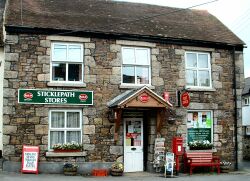 |
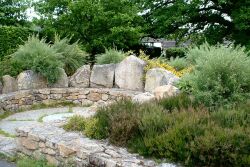 |
| On the opposite side of the road is the Finch Foundry. Sticklepath ("steep path") is best known for its association with water power. The leat which runs parallel to the main street dates from the 12C and at one time at least seven water wheels used its water to process wool, grain, bone and iron. Three of the four remaining wheels can be seen working at the internationally famous Finch Foundry. The Foundry is really a forge. It produced hand tools for local farmers and miners from 1814 to 1960 and is now run by the National Trust as a working water powered museum with unique machinery. At the rear of the Foundry is the site of the village's original Quaker Burial Ground. Tom Pearse, famous for his ownership of the grey mare in the song Widecombe Fair, bought the graveyard for £14, donated it to the village and was buried here himself in 1875. He was also responsible for the unusual thatched summer house in the Foundry grounds. The grassy area behind this is known locally as Billy Green. |
||
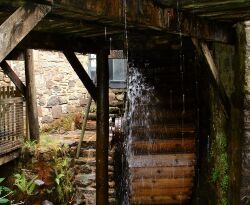 |
 |
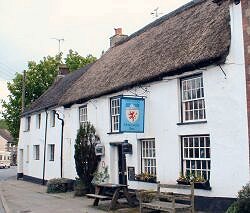 |
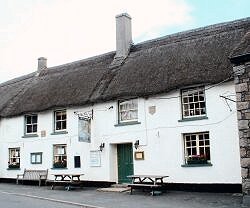 |
On the other side of the road, the ivy-clad building, Cleave House, has gardens which contain the National Collection of Hostas, which is open to the public by prior arrangement. The Anglican Church is on the site of an old chantry chapel. The Wesleyan Chapel was built in 1816. The small building in the Devonshire Inn's car park was a candle factory, which used tallow from the bone mill to make candles, many of which were used by the Ramsley Mine. |
|
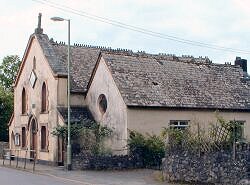 |
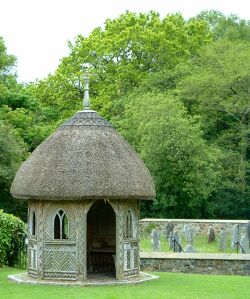 |
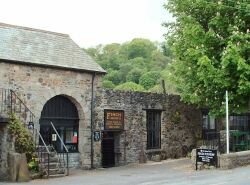 |
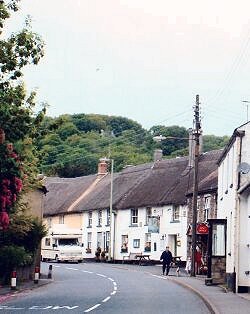 |
 |
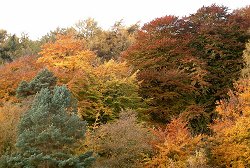 |
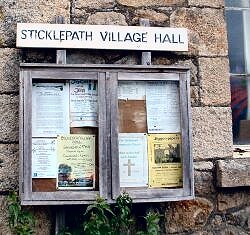 |
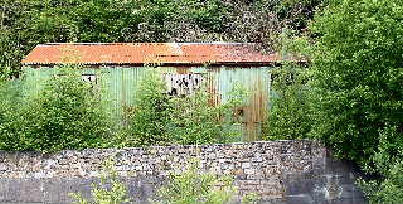 |
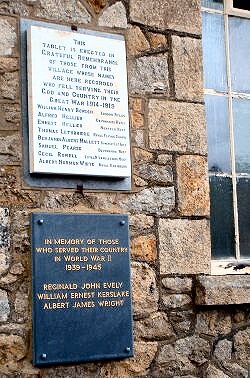 |
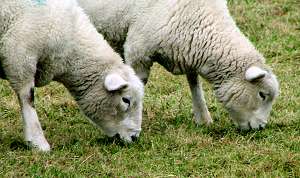 |
||